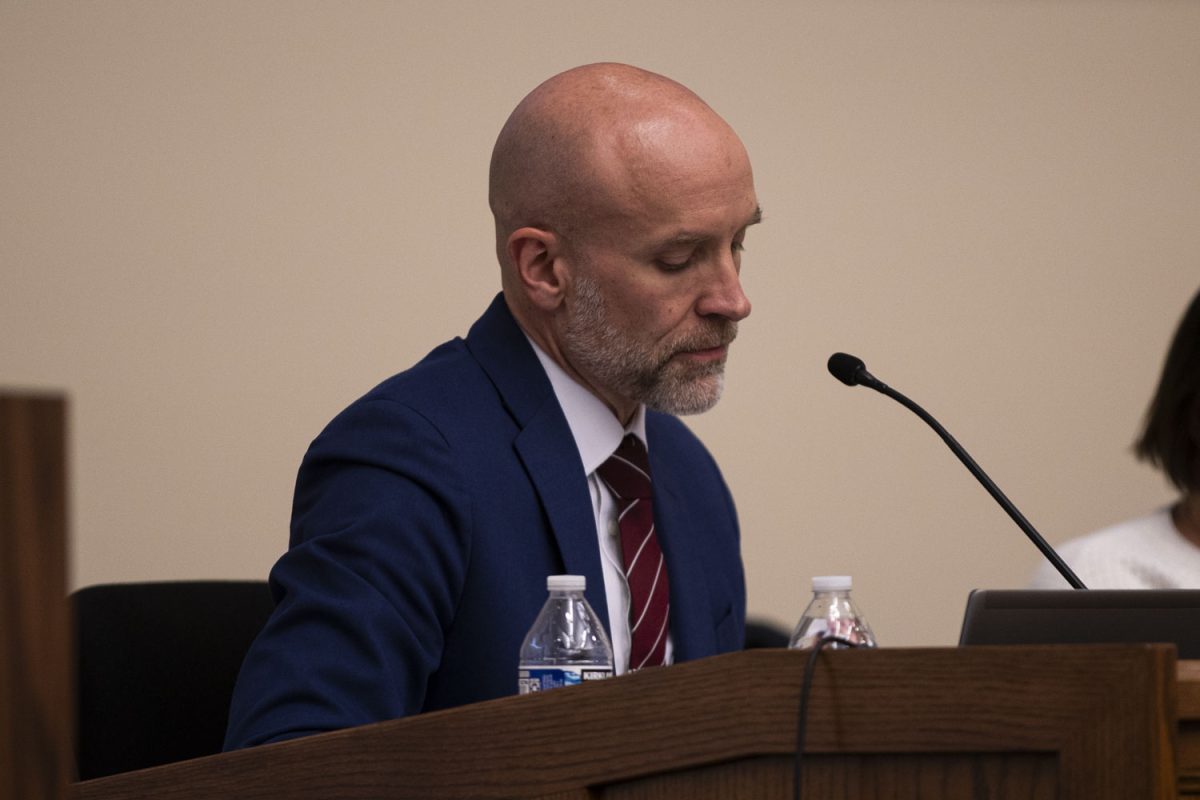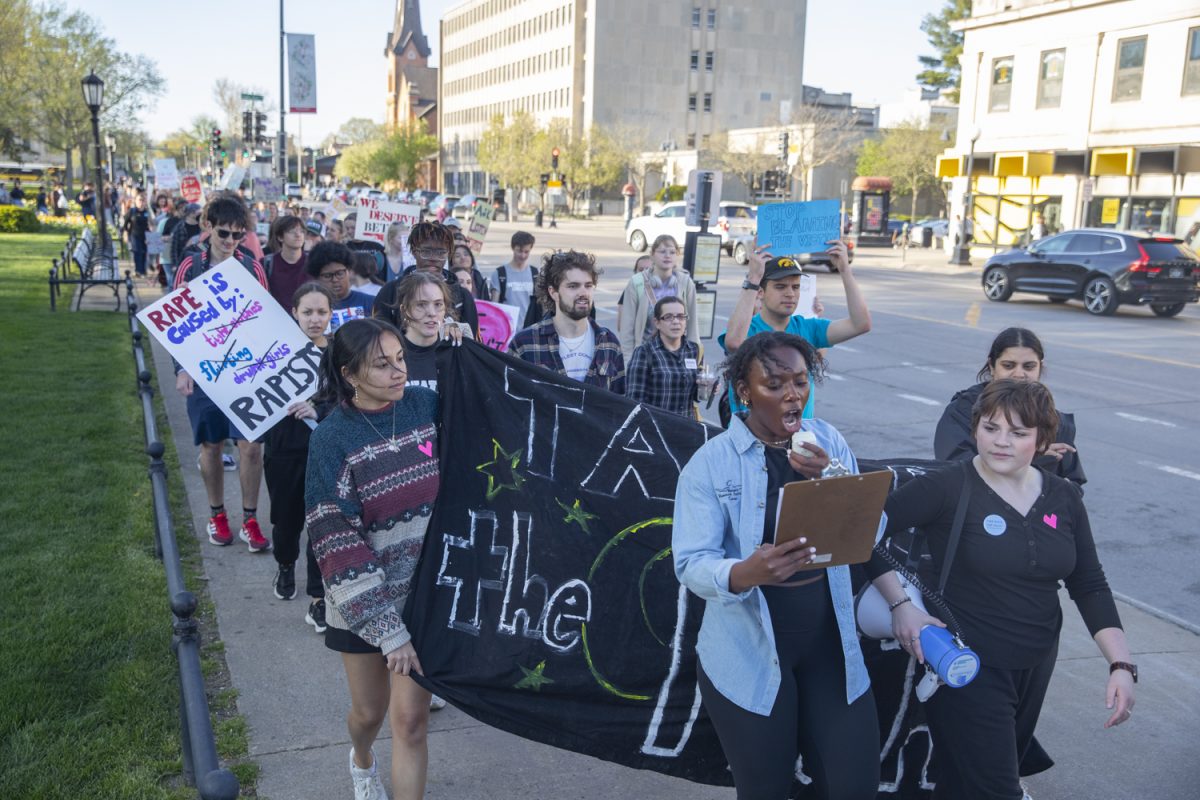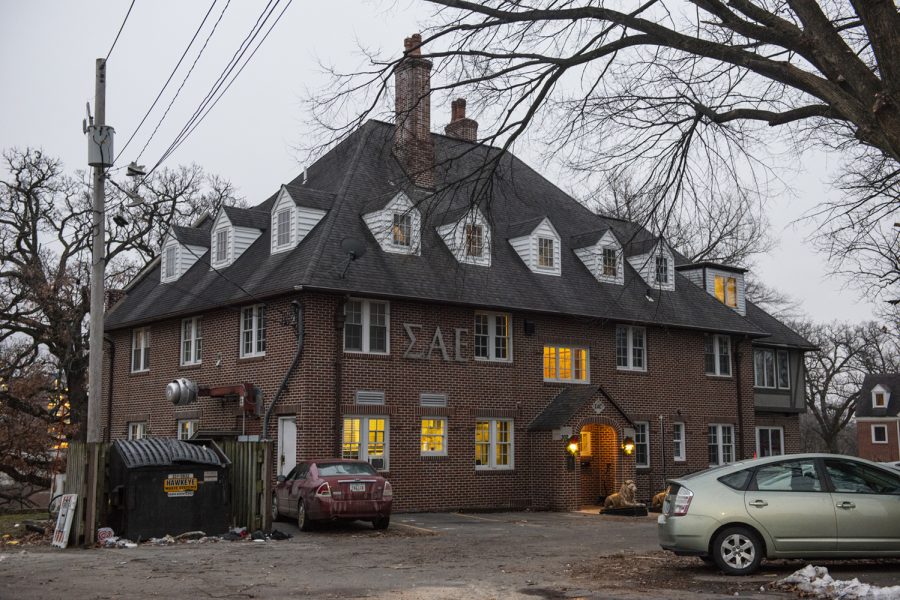The City Council addresses concerns about the expected $14.6 million price tag for the city’s new bicycle master plan on Tuesday.
By Molly Hunter
The bicycle master plan, which is expected to cost somewhere around $14.6 million, was approved 7-0 by the Iowa City City Council at its meeting Tuesday.
Before the vote, Councilor Kingsley Botchway expressed some concern over the gains in ridership compared to the plan’s cost.
“I’m just worried from the perspective of we’re going to spend $14 million for [an increase of] 5 percent [in ridership],” Botchway said. “If we’re going to spend $14 million … can we make that goal 20 or 30 percent?”
Sarah Walz, the Iowa City assistant transportation planner who led the planning effort, said the 5 percent figure is deceptive.
“The commuter rate that we get from the U.S. Census — there’s a lot of debate about that information,” she said. “People are responding to what they’ve done recently … so it’s a very inaccurate way to capture information.”
Walz said the census does not give an accurate picture of who is biking and for what reason. She said it does not take children into account at all or those who ride for pleasure.
“For the last 10 years, we’ve been doing annual counts on bike trails over time,” she said. “We’re going to continue doing that. We’ve also talked about doing some in-person counts. We’ve picked some key intersections. Another very easy place to do counts is at the schools.”
As for the price tag, Mayor Jim Throgmorton said the plan recommends phased implementation, spreading the cost of the plan out over several years.
RELATED: Area celebrates the bike
“There are some bigger ticket items in here,” Walz said. “Those are associated with some of the things we get [Transportation Alternative Program] funding for. Those are larger projects like your pedestrian-type bridges.”
Much of the plan also looks at existing infrastructure, Walz said.
“You’re not seeing a lot of high-ticket infrastructure,” she said. “It’s really making a place on the roadways that already exist, not major reconstruction of roadways.”
Many road-construction projects will also involve the inclusion of new bike lanes and side paths, Walz said. She said the city is introducing those features on arterial streets under construction.
“One of the challenges is making sure we’re opportunistic and strategic with the timing of these projects,” City Manager Geoff Fruin said. “We have an annual street-resurfacing program, so making sure that when a street is picked for resurfacing, that we’re consulting the bike plan.”
Fruin said some funding is also likely to be picked up through other budget line items that were not accounted for in the bicycle master plan.
Councilor Susan Mims said it is important to spend strategically.
“We need to look carefully at all of our competing priorities as we’re budgeting [and] take advantage of other funding streams, coming whether from the state or feds, and build this in as part of those projects where it may cost us less,” Mims said.
Mims said the city will never be able to afford a transit infrastructure that eliminates the need for other kinds of transportation. As a result, she said, it is important for the city to provide reasonable alternatives.
Throgmorton also made the point that building automobile parking lots and garages is much more expensive than building bike parking stations.
“Encouraging biking and making it safe and practical for people to use bikes more frequently is a way of reducing the demand and need for additional parking facilities, which are very costly compared to where you’d park a bike,” he said.







